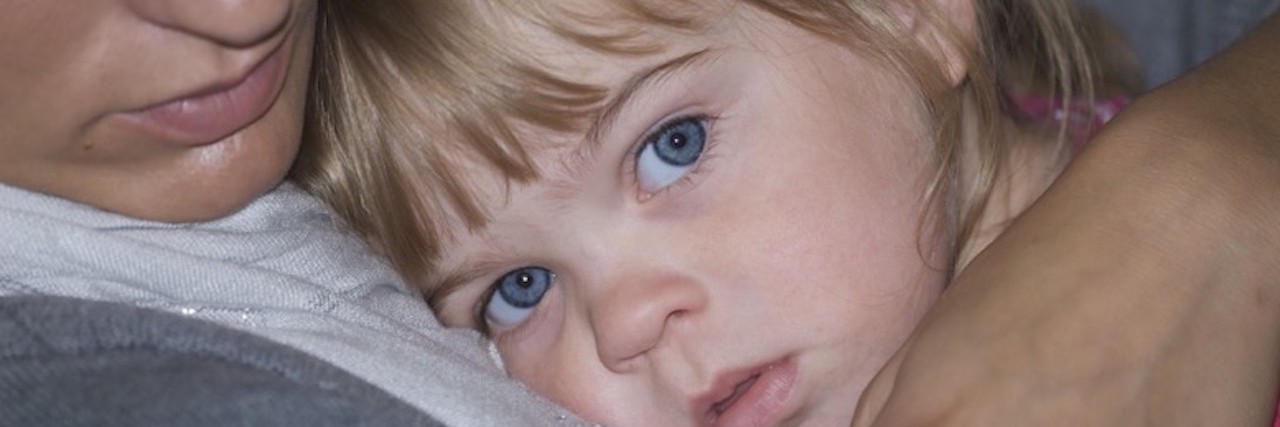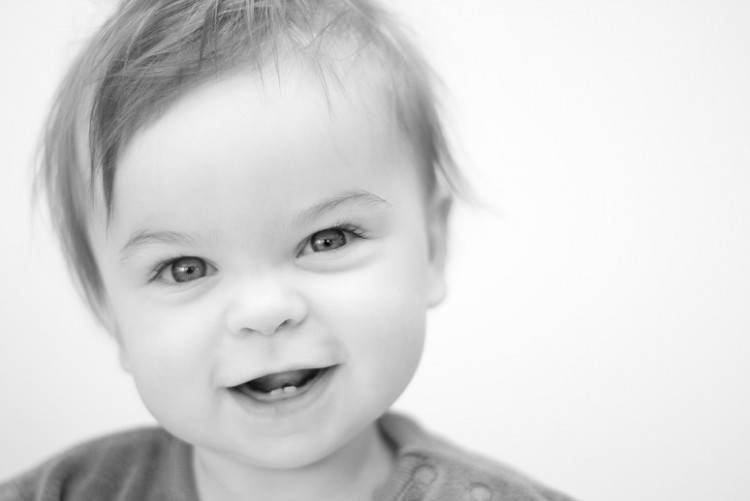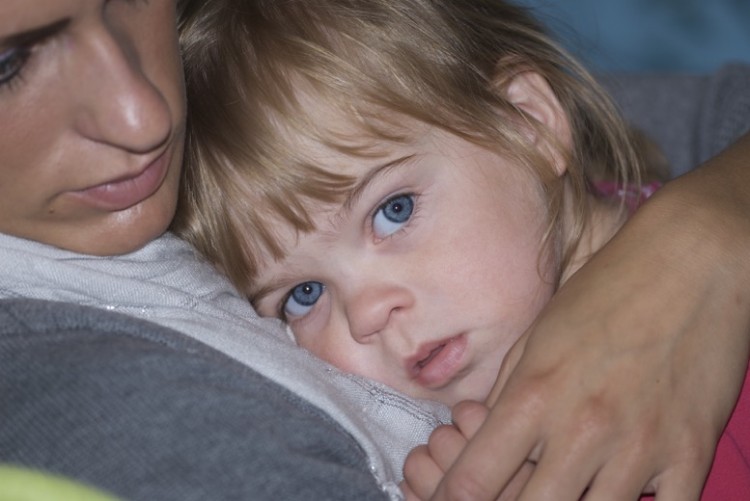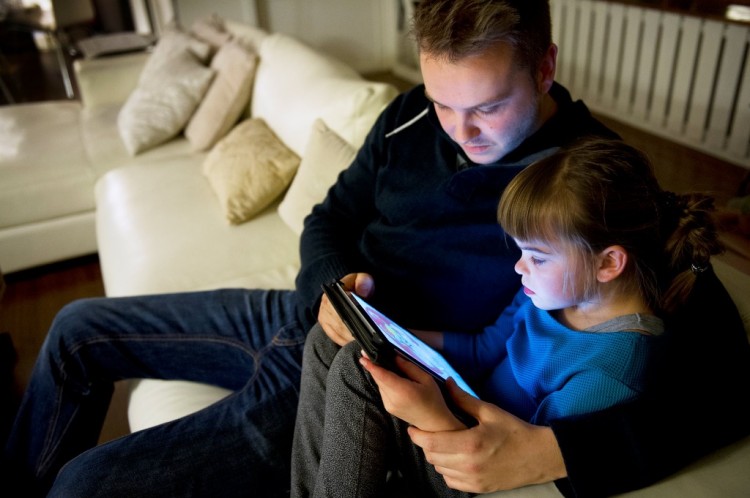I’m an associate researcher specializing in autism spectrum disorders. I’m also the father of a little girl who was diagnosed with childhood autism back in 2009. Shortly after her diagnosis, I decided to dedicate my career to understanding her illness. Since then, I’ve learned that some things are just impossible to fully understand.
When my daughter was born, I remember thinking — like most new parents — that she was the most beautiful and perfect baby that I had ever seen. But within a few months of taking her home from the hospital, her mother started to express concerns. Our daughter was happy as a clam, but something felt off.
At 10 months, she was late sitting-up and she preferred to taste her toys rather than play with them in an age-appropriate way. Doctors said that we needed to relax — she was a little behind in her development but still within the normal range.
They say that parents know their kids best. By the time our little girl turned 2, our gut feeling intensified and we knew that something was wrong. So I did what most people would do in that situation — I turned to the Internet for answers. I wasn’t exactly a child expert, to say the least. She was my first and I had barely even held another baby! So I was oblivious to the telltale signs that were all over the Internet: dislikes cuddling, refuses to be held close, uninterested in others… That was not my darling girl.
The day after her third birthday, we took our daughter to the hospital. There was something about the milestone of her birthday that intensified our suspicions. She refused to do the Baley Scales of Infant Development assessment and was diagnosed with an autistic disorder (at that time called childhood autism) later that week.
I remember standing in the clinic, trying to breath, thinking “OK. Here we go.” We knew all along that something was off — and in a strange way (I find this difficult to acknowledge) the diagnosis came somewhat as a relief. At least now we could start moving forward.
It wasn’t easy.
Even though I initially accepted the situation, I felt that my life was falling apart. What did it mean? How would we cope? What next?
A few days after the diagnosis, I was standing in the kitchen preparing a snack for my daughter. It was a day like every other day before the diagnosis, only I felt depleted, like an empty shell. Then it happened: I looked down at her sitting on the floor and she smiled at me. That was it. My eyes began to well up. My heart melted with joy like it always had when I would see my baby smile. I realized that she hadn’t changed. I had.
At that moment, I decided to fight for our daughter — to make sure that she received the best possible interventions available. We’re still championing her… And life is good!
About a year after her diagnosis, I felt supercharged. Wanting to help not only my daughter but other children with autism, I started and finished a Masters Degree in Autism Spectrum Disorders. Within a few years, I began to work as an Assistant Professor at UiT – The Arctic University of Tromsø and later still, as a Visiting Associate Research Scientist at Yale University.
Over the years, I tried desperately to figure out why my little girl has autism. We ran genetic tests and brain scans with no result. This was, in fact, a good thing because then you know there are no restrictions on learning processes except for the diagnosis itself. I may not be able to understand the why — but that’s OK. In some ways, I think it’s made me a better researcher. My focus now is on improving the lives of children with autism spectrum disorders. Specifically, I look at how technology can help build relationships between children with autism and the people around them.
About a year and a half ago, I started talking with Kim Arthur, a founding team member at PlayFish, a mobile gaming company bought by EA Sports. He then introduced me to Katrine Gulstad Pedersen, a special needs educator who was already manipulating apps to use with her students, and Stian Hansen, a software engineer who can build anything. When Kim, Katrine, Stian and I decided to found Superplus, it felt like a natural extension of my research.
Our collaboration means that the science can actually be put into practice — Superplus can be used by parents and special needs providers to help children with special needs cope with everyday life. That’s why I love my job. It makes a difference in the lives of regular families — just like mine.
Want to end the stigma around disability? Like us on Facebook.
And sign up for what we hope will be your favorite thing to read at night.




